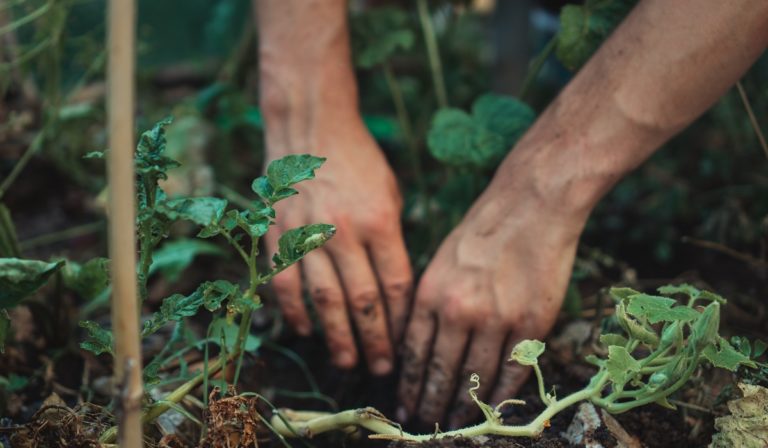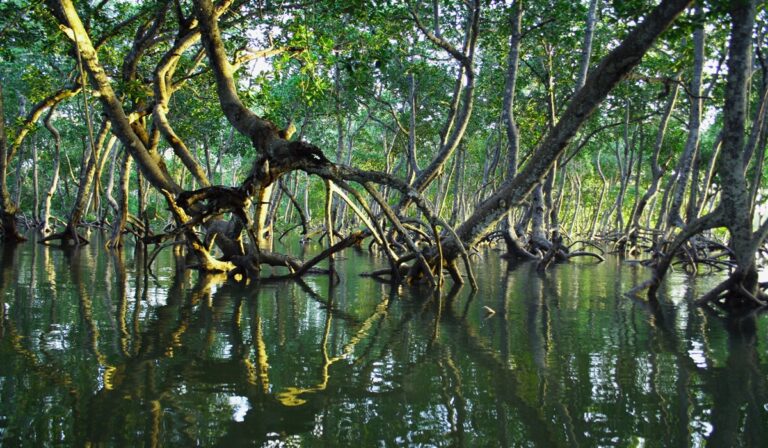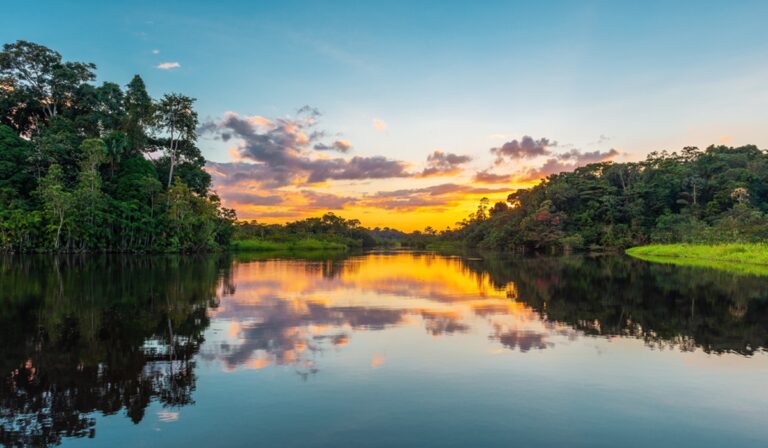Deforestation in Colombia falls to lowest level in 23 years
The amount of forest loss fell from 1,235 sq km in 2022 to 792 sq km in 2023 – a 36% decrease, official figures revealed. Most of the environmental gains were in the Amazon rainforest, where the Colombian government is focusing much of its conservation efforts.
Deforestation in Colombia falls to lowest level in 23 years Read more










